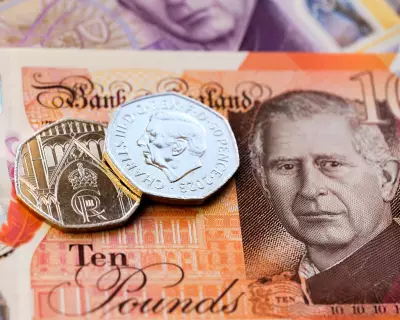
In a landmark moment for the British economy, inflation has dramatically fallen back to the Bank of England's 2% target, marking its lowest point in nearly three years. The latest Consumer Prices Index (CPI) data from the Office for National Statistics (ONS) shows a significant drop from the 2.3% recorded in April, primarily driven by a slowdown in food price rises.
A Return to Normalcy
The last time inflation rested comfortably at 2% was in July 2021, before a global surge in energy and food costs sent it spiralling to a peak of 11.1% in October 2022—a 41-year high. This rapid descent back to target is a watershed event, signalling that the intense squeeze on household finances may finally be easing.
What Drove the Sharp Decline?
The ONS report highlights several key factors behind May's cooling inflation:
- Slowing Food Inflation: The cost of food is now rising at a much slower pace compared to this time last year, providing substantial relief for supermarket shoppers.
- Softening Recreational Goods Prices: Costs for cultural goods and services, including games and toys, have also eased.
- Offset by Persistent Pressures: The downward trend was partially checked by a slight rise in motor fuel prices, illustrating that the path to lower inflation isn't entirely smooth.
All Eyes on the Bank of England
This dramatic shift now places immense pressure on the Bank of England's Monetary Policy Committee (MPC). For months, the Bank has held interest rates at a 16-year high of 5.25% in a relentless battle to curb inflation. With the target now met, financial markets and economists are fiercely debating the timing of the first rate cut.
While some analysts predict a cut as early as August, the Bank is likely to remain cautious. Policymakers will be scrutinising underlying measures of inflation, particularly in the services sector and wage growth, which remain stubbornly high, to ensure the slowdown is sustainable before making a move.
What This Means for You
For millions of households, this news is a beacon of hope. A return to the 2% target means the prices of everyday goods and services are, on average, rising at a much more manageable rate. If the Bank of England responds by cutting interest rates later this year, borrowers—particularly those on variable-rate mortgages—could see their monthly payments decrease. However, savers may find the returns on their accounts begin to fall.
Chancellor Jeremy Hunt welcomed the figures, stating they show the government's "difficult decisions" are paying off. Yet, opposition and critics were quick to point out that many families are still grappling with prices that are significantly higher than they were just a few years ago, despite the rate of increase slowing down.
As the UK turns a critical corner, the nation now holds its breath, waiting to see if the Bank of England will officially declare victory over the inflation crisis and provide the financial relief so many are desperately waiting for.





